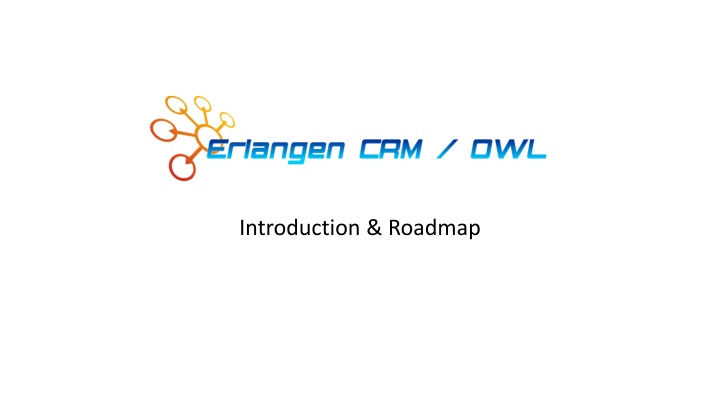
Understand Symmetric Properties in Erlangen CRM
Explore the concept of symmetric properties in Erlangen CRM, including examples like P114, P130, and P139. Delve into the nuances of symmetry within these properties and determine their classification based on their definitions and characteristics.
Download Presentation

Please find below an Image/Link to download the presentation.
The content on the website is provided AS IS for your information and personal use only. It may not be sold, licensed, or shared on other websites without obtaining consent from the author. If you encounter any issues during the download, it is possible that the publisher has removed the file from their server.
You are allowed to download the files provided on this website for personal or commercial use, subject to the condition that they are used lawfully. All files are the property of their respective owners.
The content on the website is provided AS IS for your information and personal use only. It may not be sold, licensed, or shared on other websites without obtaining consent from the author.
E N D
Presentation Transcript
Versioning Mechanism Communication with Christos Georgis http://www.cidoc-crm.org/cidoc-crm/ and http://erlangen-crm.org/current/ follow the same mechanism already Versioned namespace (e.g. http://erlangen-crm.org/150716/) is mainly for users who want to be able to track which version of the document they used at a certain point in time (e.g. in order to track how concepts were described in old versions) There is no such mechanism for the rdf Suggestion: Synchronisation via equivalence on the ontological layer for the two above
Symmetric Properties in the Erlangen CRM 1.) Probably problemless: P114 is equal in time to P121 overlaps with P122 borders with P132 overlaps with P133 is separated from
Symmetric Properties in the Erlangen CRM 2.) not so problemless: P69 has association with P130 shows features of P139 has alternative form
P69 is stated as symmetric in the FOL notation, but has a name for its inverse. Furthermore from the scope note: The property is considered to be symmetrical unless otherwise indicated by P69.1 has type. The P69.1 has type property of P69 has association with allows the nature of the association to be specified reading from domain to range; examples of types of association between instances of E29 Design or Procedure include: has part, follows, requires, etc. Question: Is it symmetric or not?
Same for P130 shows features of. It is symmetric in the FOL notation, but has a name for its inverse. This property generalises the notions of "copy of" and "similar to" into a dynamic, asymmetric relationship, where the domain expresses the derivative, if such a direction can be established. Otherwise, the relationship is symmetric. Question: Is it symmetric or not?
And for P139 has alternative form: This property establishes a relationship of equivalence between two instances of E41 Appellation independent from any item identified by them. It is a dynamic asymmetric relationship, where the range expresses the derivative, if such a direction can be established. Otherwise, the relationship is symmetric. However in contrast to the other two it has no inverse property. Question: Is it symmetric or not?
Issue: First Order Logic statements of P101 talks about P102
Thank you! Questions?
